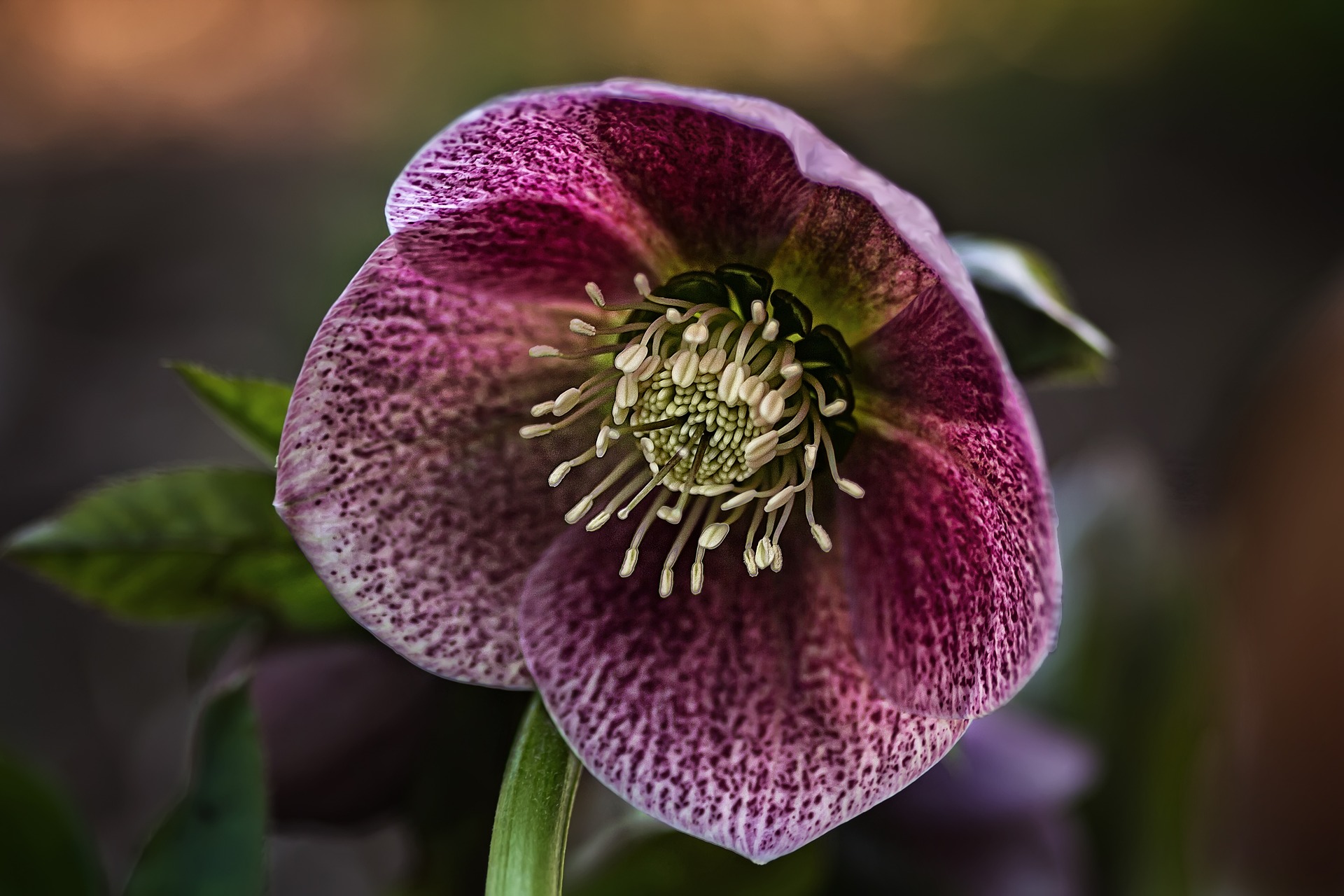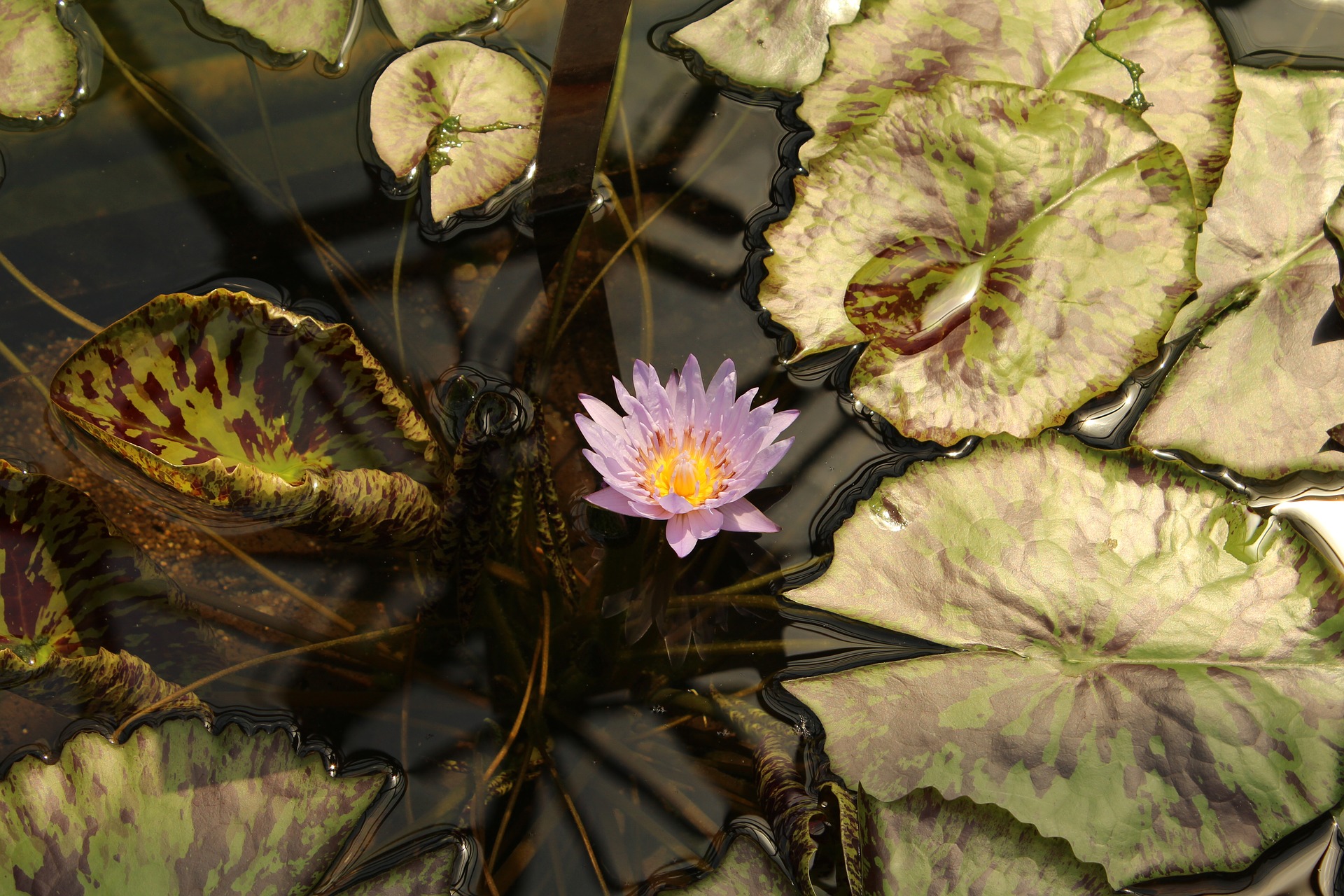Natural Approach Healthy Goal

Natural Approach, Healthy Goal
Pretty Mountains in the Ocean Adorned with Pink Flowers
My Goal When I first start to think about having a Natural Approach
When I first start to think about having this website I have one thing that was in my mind the whole time, the experience that I have had many years ago. When you are living a situation that things are going bad day by day, and finally you are not in the situation any longer and you look at the past, the hard and difficult times, it seems that it didn’t happen to you. The pain is gone, all the things that used to bother you, are no longer a threat, it looks like it has happened to someone else, indeed. It still, you, one way or the other, that went through that hard time, you have to remember because if you want to take that at face value, using that experience to learn and help anyone else to prevent it from happening to them, you have to remember, even if it is hard for you to cope with it again, to live it all over again in order for you to give someone that experience, to testify that in awareness to everyone else on the planet. We assume that the products that we use in our home for cleaning and do anything else, like to improve the place we live, are harmless, think again. They are not harmless, on the contrary, they are deadly. Most of the popular household cleaners are very dangerously toxic. You hear a lot of stories about diseases that people get from contacting toxic chemicals that are very bad for your health.
Perennials for Pollinators in Purple colors

There are no Federal Regulations of chemicals in household products. Rebecca /Sutton, Ph.D., a senior scientist at the Environmental Working Group (EWG), explains, “In terms of household cleaners, neither ingredients nor products must meet any sort of safety standards, nor is any testing data or notification required before we bringing a product to market. The average household contains about 62 toxic chemicals, say, environmental experts. We are exposed to them routinely. From the phthalates in synthetic fragrances to the noxious fumes in oven cleaners. Ingredients in common household products have been linked to asthma, cancer, reproductive disorders, hormone disruption, and neurotoxicity. We can’t stop exposure to toxic chemicals altogether, but we can reduce it if we want to. We can change the products that we use and use a better and safe product that is made without chemicals. We can also use products that we make at home, like DIY works, and are definitely non-toxic and it will take care of the problem. Either way, the choice between one or another depending on the availability of time, whatever suits the household, it will eliminate the use of the ones that are so harmful to you and your beloved family. You can also share this article and bring awareness about the use of toxic products to your friends and acquaintances. Why not?

I did a lot of research. The solution for the problem was plain and simple, changing the way you live your life, your surroundings, etc… Take a look at under your sink in the bathrooms, a look at under the sink in the kitchen, bedrooms, and everywhere in your garage also. Now, read the ingredients in the products that you use almost every day. Sometimes only a couple of times a month, they are harsh enough to hurt. I know that you think that the institutions that are in the government are supposed to watch all this stuff. Not really. They don’t. There are a lot of high interests involved and the ball will roll to the camp that pays better. I know that for a lot of people, it is hard to believe that these organs are doing such a thing. Check out for yourself and after that tell me about it… Down are 8 Hidden Toxins: What’s Lurking in Your Cleaning Products, by Jessie Sholl/October 2011:
Botanical Garden Augsburg Water Lily

1. Phthalates
Found in: Many fragranced household products, such as air fresheners, dish soap, even toilet paper. Because of proprietary laws, companies don’t have to disclose what’s in their scents, so you won’t find phthalates on a label. If you see the word “fragrance” on a label, there’s a good chance phthalate are present. Health Risks: Phthalates are known endocrine disruptors. Men with higher phthalate compounds in their blood had correspondingly reduced sperm counts, according to a 2003 study conducted by researchers from the Centers for Disease Control and Prevention and the Harvard School of Public Health. Although exposure to phthalates mainly occurs through inhalation, it can also happen through skin contact with scented soaps, which is a significant problem, warns Alicia Stanton, MD, coauthor of Hormone Harmony (Healthy Life Library, 2009). Unlike the digestive system, the skin has no safeguards against toxins. Absorbed chemicals go straight to organs. Healthier Choice: When possible choose fragrance-free or all-natural organic products. Greer recommends bypassing aerosol or plug-in air fresheners and instead of using essential oils or simply opening windows to freshen the air. Besides causing more serious effects like endocrine disruption, “Aerosol sprays and air fresheners can be a migraine and asthma triggers,” she says. Also, consider adding more plants to your home: They’re natural air detoxifiers.
2. Perchloroethylene or “PERC”
Found in: Dry-cleaning solutions, spot removers, and carpet and upholstery cleaners. Health Risks: Perc is a neurotoxin, according to the chief scientist of environmental protection for the New York Attorney General’s office. And the EPA classifies perc as a “possible carcinogen” as well. People who live in residential buildings where dry cleaners are located have reported dizziness, loss of coordination, and other symptoms. While the EPA has ordered a phase-out of perc machines in residential buildings by 2020, California is going even further and plans to eliminate all use of perc by 2023 because of its suspected health risks. The route of exposure is most often inhalation: that telltale smell on clothes when they return from the dry cleaner, or the fumes that linger after cleaning carpets. Healthier Choice: Curtains, drapes, and clothes that are labeled “dry clean only” can be taken instead to a “wet cleaner,” which uses water-based technology rather than chemical solvents. The EPA recently recognized liquid carbon dioxide (CO2) as an environmentally preferable alternative to more toxic dry-cleaning solvents. Ask your dry cleaner which method they use. For a safer spot remover, look for a nontoxic brand like Ecover at a natural market, or rub undiluted castile soap directly on stains before washing.
3. Triclosan
Found in: Most liquid dishwashing detergents and hand soaps labeled “antibacterial.” Health Risks: Triclosan is an aggressive antibacterial agent that can promote the growth of drug-resistant bacteria. Explains Sutton: “The American Medical Association has found no evidence that these antimicrobials make us healthier or safer, and they’re particularly concerned because they don’t want us overusing antibacterial chemicals — that’s how microbes develop resistance, and not just to these [household antibacterials], but also to real antibiotics that we need.” Other studies have now found dangerous concentrations of triclosan in rivers and streams, where it is toxic to algae. The EPA is currently investigating whether triclosan may also disrupt the endocrine (hormonal) function. It is a probable carcinogen. At press time, the agency was reviewing the safety of triclosan in consumer products. Healthier Choice: Use simple detergents and soaps with short ingredient lists, and avoid antibacterial products with triclosan for home use. If you’re hooked on hand sanitizer, choose one that is alcohol-based and without triclosan.
4. Quarternary Ammonium Compounds, or “QUATS”
Found in: Fabric softener liquids and sheets, most household cleaners labeled “antibacterial.” Health Risks: Quats are another type of antimicrobial, and thus pose the same problem as triclosan by helping breed antibiotic-resistant bacteria. They’re also a skin irritant; one 10-year study of contact dermatitis found quats to be one of the leading causes. According to Sutton, they’re also suspected as a culprit for respiratory disorders: “There’s evidence that even healthy people who are [exposed to quats] regularly develop asthma as a result.” Healthier Choice: You don’t really need fabric softener or dryer sheets to soften clothes or get rid of static: Simple vinegar works just as well. “Vinegar is the natural fabric softener of choice for many reasons,” explains Karyn Siegel-Maier in her book The Naturally Clean Home (Storey Publishing, 2008). “Not only is it nontoxic, it also removes soap residue in the rinse cycle and helps to prevent static cling in the dryer.” White vinegar is your best choice for general cleaning; other types can stain. Alternatives to chemical disinfectants abound, including antibacterial, antifungal tea-tree oil. Mix a few drops of tea tree oil and a tablespoon of vinegar with water in a spray bottle for a safe, germ-killing, all-purpose cleaner. Add a couple of drops of lavender essential oil for scent.
5. 2-Butoxyethanol
Found in: Window, kitchen, and multipurpose cleaners. Health Risks: 2-butoxyethanol is the key ingredient in many window cleaners and gives them their characteristic sweet smell. It belongs in the category of “glycol ethers,” a set of powerful solvents that don’t mess around. The law does not require 2-butoxyethanol to be listed on a product’s label. According to the EPA’s Web site, in addition to causing sore throats when inhaled, at high levels glycol ethers can also contribute to narcosis, pulmonary edema, and severe liver and kidney damage. Although the EPA sets a standard on 2-butoxyethanol for workplace safety, Sutton warns, “If you’re cleaning at home in a confined area, like an unventilated bathroom, you can end up getting 2-butoxyethanol in the air at levels that are higher than workplace safety standards.” Healthier Choice: Clean mirrors and windows with newspaper and diluted vinegar. For other kitchen tasks, stick to simple cleaning compounds like Bon Ami powder; it’s made from natural ingredients like ground feldspar and baking soda without the added bleach or fragrances found in most commercial cleaners. You can also make your own formulas with baking soda, vinegar, and essential oils. See the “DIY Cleaners” sidebar for a list of clean concoctions.
6. Ammonia
Found in: Polishing agents for bathroom fixtures, sinks, and jewelry; also in glass cleaner. Health Risks: Because ammonia evaporates and doesn’t leave streaks, it’s another common ingredient in commercial window cleaners. That sparkle has a price. “Ammonia is a powerful irritant,” says Donna Kasuska, a chemical engineer and president of ChemConscious, Inc., a risk-management consulting company. “It’s going to affect you right away. The people who will be affected are those who have asthma, and elderly people with lung issues and breathing problems. It’s almost always inhaled. People who get a lot of ammonia exposure, like housekeepers, will often develop chronic bronchitis and asthma.” Ammonia can also create a poisonous gas if it’s mixed with bleach. Healthier Choice: Vodka. “It will produce a reflective shine on any metal or mirrored surface,” explains Lori Dennis, author of Green Interior Design (Allsworth Press, 2010). And toothpaste makes an outstanding silver polish.
7. Chlorine
Found in: Scouring powders, toilet bowl cleaners, mildew removers, laundry whiteners, and household tap water. Health Risks: “With chlorine, we have so many avenues of exposure,” says Kasuska. “You’re getting exposed through fumes and possibly through the skin when you clean with it, but because it’s also in city water to get rid of bacteria, you’re also getting exposed when you take a shower or bath. The health risks from chlorine can be acute, and they can be chronic; it’s a respiratory irritant at an acute level. But the chronic effects are what people don’t realize: It may be a serious thyroid disrupter.” Healthier Choice: For scrubbing, stick to Bon Ami or baking soda. Toilet bowls can be cleaned with vinegar, and vinegar or borax powder both work well for whitening clothes. So is the chlorine-free oxygen bleach powder made by Biokleen? To reduce your exposure to chlorine through tap water, install filters on your kitchen sink and in the shower.
8. Sodium Hydroxide
Found in: Oven cleaners and drain openers. Health Risks: Otherwise known as lye, sodium hydroxide is extremely corrosive: If it touches your skin or gets in your eyes, it can cause severe burns. Routes of exposure are skin contact and inhalation. Inhaling sodium hydroxide can cause a sore throat that lasts for days. Healthier Choice: You can clean the grimiest oven with baking soda paste — it just takes a little more time and elbow grease (see recipes in the “DIY Cleaners” sidebar). Unclog drains with a mechanical “snake” tool, or try this approach from the Green Living Ideas Website: Pour a cup of baking soda and a cup of vinegar down the drain and plug it for 30 minutes. After the bubbles die down, run hot water down the drain to clear the debris.
Beware of Greenwashing
If a cleaning product at your supermarket proclaims itself “green,” “natural” or “biodegradable,” that doesn’t necessarily mean it’s nontoxic. In 2010 the environmental consulting firm TerraChoice Group produced a report called “The Sins of Greenwashing.” In it the group found more than 95 percent of so-called green consumer products had committed at least one “greenwashing sin,” like making an environmental claim that may be truthful but unimportant. “CFC-free,” for example, is a common one, since CFCs are banned by law. Donna Kasuska of ChemConscious offers this advice: “When gauging ecological claims, look for specifics. ‘Biodegradable in three to five days’ holds more meaning than ‘biodegradable,’ as most substances will eventually break down with enough time.”
DIY Cleaners
Clean your home safely — and cheaply — with the following recipes: • Basic sink cleanser — Combine ½ cup baking soda with six drops essential oil (such as lavender, rosemary, lemon, lime or orange). Rinse sink well with hot water. Sprinkle combination into the sink and pour ¼ cup vinegar over top. After the fizz settles, scrub with a damp sponge or cloth. Rinse again with hot water. (From The Naturally Clean Home, by Karyn Siegel-Maier.) • Oven cleanser — Put a heatproof dish filled with water in the oven. Turn on the heat to let the steam soften any baked-on grease. Once the oven is cool, apply a paste of equal parts salt, baking soda, and vinegar, and scrub. (From Super Natural Home, by Beth Greer.) • Bathroom mildew remover — Good ventilation helps prevent mildew and mold. When they do occur, make a spray with 2 cups of water and 1/4 teaspoon each of tea-tree and lavender oil. Shake first and spray on trouble spots. The oils break down the mildew so there’s no need to wipe it down. (From Green Interior Design, by Lori Dennis.) • Carpet shampoo — Mix 3 cups water, ¾ cup vegetable-based liquid soap, and 10 drops peppermint essential oil. Rub the foam into soiled areas with a damp sponge. Let dry thoroughly and then vacuum. (From The Naturally Clean Home.) • Laundry soap — Try “soap nuts” made from the dried fruit of the Chinese soapberry tree. Available in natural groceries and online, the reusable soap nuts come in a cotton sack that goes into the washing machine with clothes. • Dusting — Skip the furniture polishes. Instead, use a microfiber cloth. Made from synthetic fibers that are then split into hundreds of smaller microfibers, they capture dust more efficiently than regular rags. If necessary, a little olive oil makes a fine polishing agent. Jessie Sholl has written about health for a variety of publications. She is also the author of Dirty Secret: A Daughter Comes Clean About Her Mother’s Compulsive Hoarding (Simon and Schuster/Gallery Books, 2010). Photography by John Mowers Thank you. Warmly! Luzia Soares.
